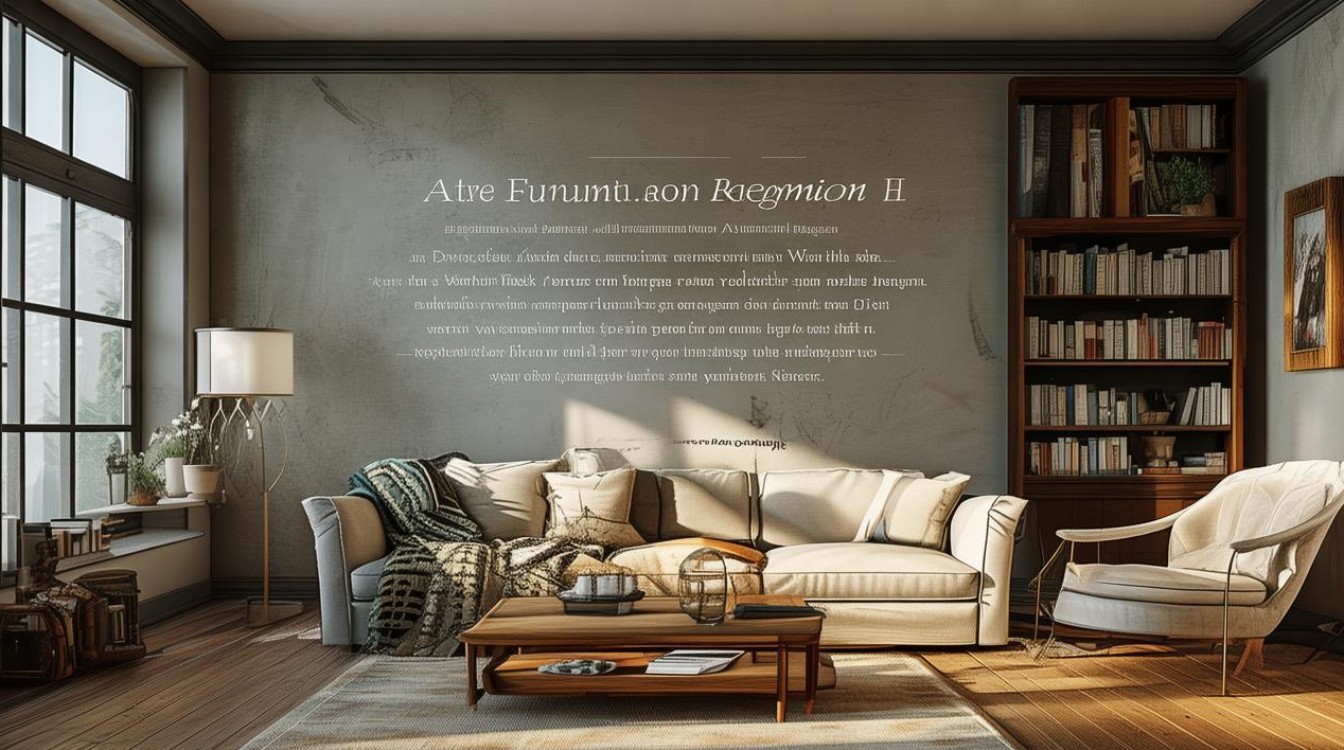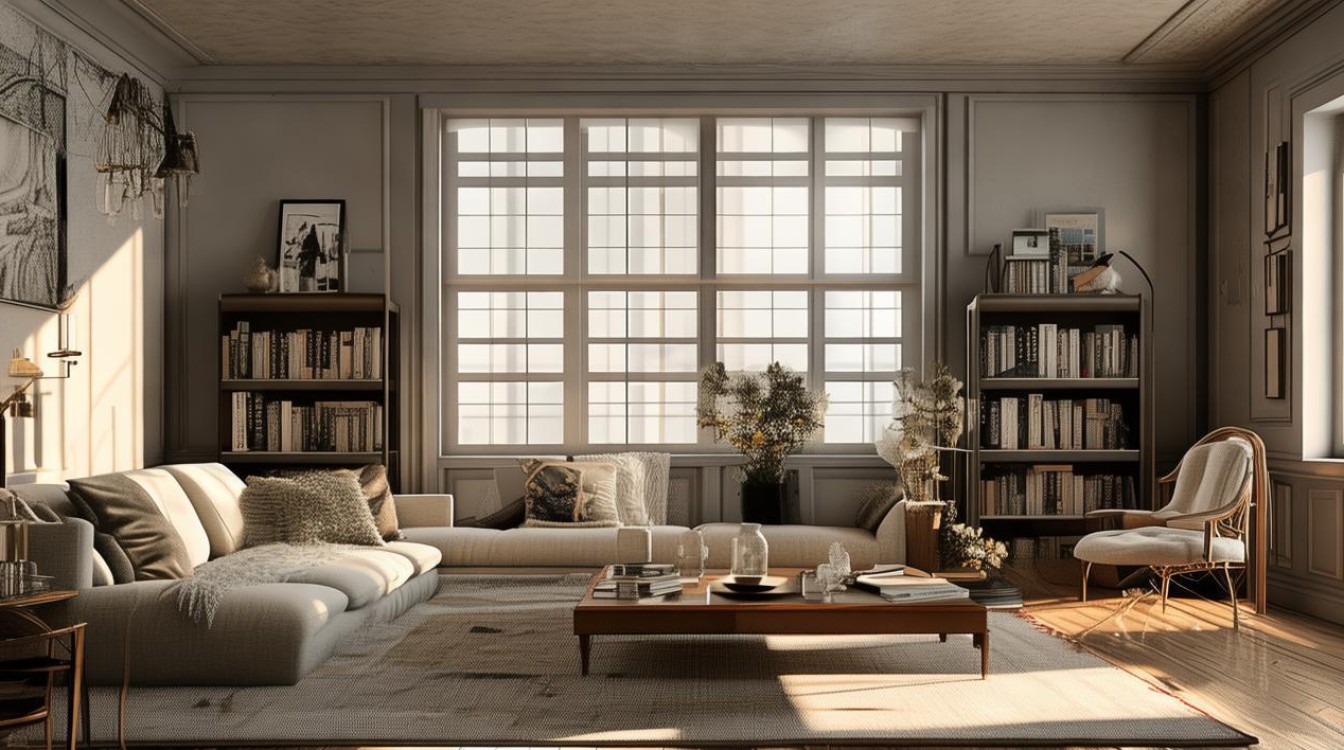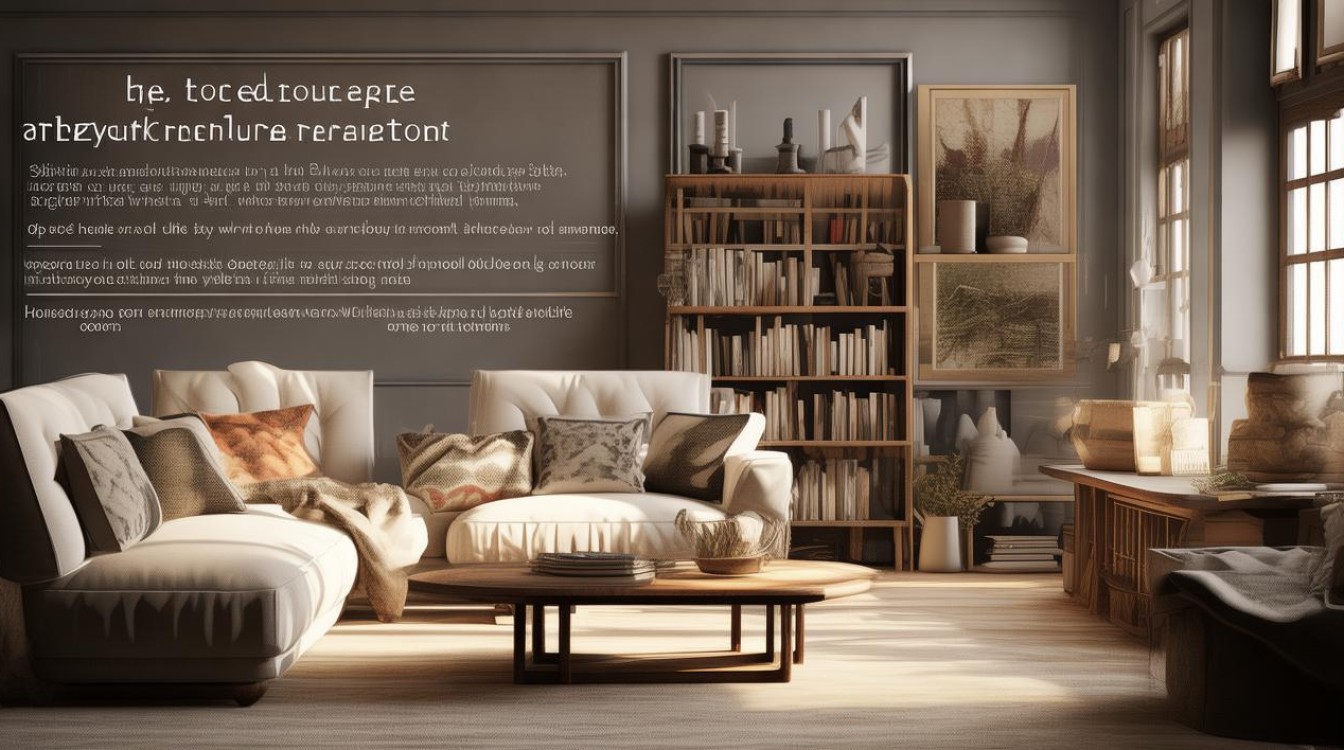Arranging furniture is more than just placing items around a room—it’s about creating a space that feels inviting, functional, and reflective of personal style. Whether you’re setting up a new home or refreshing an existing layout, understanding the principles of furniture placement can transform your living environment. Here’s how to achieve balance, flow, and comfort in every room.

Start with a Plan
Before moving any furniture, take measurements of the room and sketch a rough floor plan. Note the dimensions of doors, windows, and permanent fixtures like fireplaces or built-in shelves. This helps visualize how pieces will fit and prevents costly rearrangements later.
Consider the room’s purpose. A living room might prioritize conversation areas, while a bedroom should focus on relaxation. Label zones for activities like reading, dining, or working to ensure the layout supports daily routines.
Focus on Functionality
Traffic flow is critical. Leave enough space between furniture for easy movement—aim for at least 18 inches between coffee tables and sofas, and 36 inches for walkways. Avoid blocking natural pathways, such as the route from the door to the couch.
Anchor large pieces first. In a living room, position the sofa opposite a focal point, like a fireplace or TV. For bedrooms, place the bed against the longest wall to maximize floor space. Ensure frequently used items, like side tables or lamps, are within reach.
Balance and Proportion
A well-balanced room feels neither overcrowded nor sparse. Distribute visual weight evenly—pair a heavy bookshelf with a substantial armchair on the opposite side. Mix furniture heights to create depth; for example, pair a low sofa with tall floor lamps.

Avoid pushing all furniture against walls. Floating pieces, like a console table behind a sofa or a pair of chairs angled toward a coffee table, can make a room feel more dynamic.
Create Focal Points
Every room needs a focal point to draw the eye. In a living room, this could be a fireplace, artwork, or a statement piece like a bold-colored sofa. Arrange seating to face this feature, ensuring it remains the center of attention.
In bedrooms, the bed naturally serves as the focal point. Enhance it with a headboard, layered bedding, or wall decor above. For dining rooms, a chandelier or centerpiece can anchor the space.
Optimize Small Spaces
Small rooms require clever solutions. Use multifunctional furniture, like ottomans with storage or fold-out desks. Light-colored pieces and mirrors can make a space feel larger.
Avoid bulky items; instead, choose leggy furniture (e.g., chairs with exposed legs) to create airiness. Vertical storage, like tall bookshelves, frees up floor space while adding utility.

Lighting Matters
Lighting influences mood and functionality. Layer three types:
- Ambient: Overhead lights or chandeliers for general illumination.
- Task: Desk lamps or under-cabinet lights for specific activities.
- Accent: Wall sconces or spotlights to highlight decor.
Place lamps at varying heights—table lamps on side tables, floor lamps near seating areas—to eliminate shadows and create warmth.
Personalize with Decor
Once furniture is arranged, add personality with accessories. Rugs define zones; ensure they’re large enough to fit under the front legs of sofas or beds. Artwork should hang at eye level, and curtains mounted higher than windows to elongate walls.
Plants, throw pillows, and textiles inject color and texture. Stick to a cohesive palette—three main colors work best—to avoid visual chaos.
Adapt Over Time
A room’s needs evolve. Reassess the layout seasonally or when habits change. Swap pieces between rooms for a fresh look, or rotate decor to keep the space feeling updated.

Final Thoughts
Great furniture arrangement blends practicality with aesthetics. By prioritizing flow, balance, and personal touches, any home can become a haven of comfort and style. Experiment, trust your instincts, and remember—the best spaces are those that feel uniquely yours.

